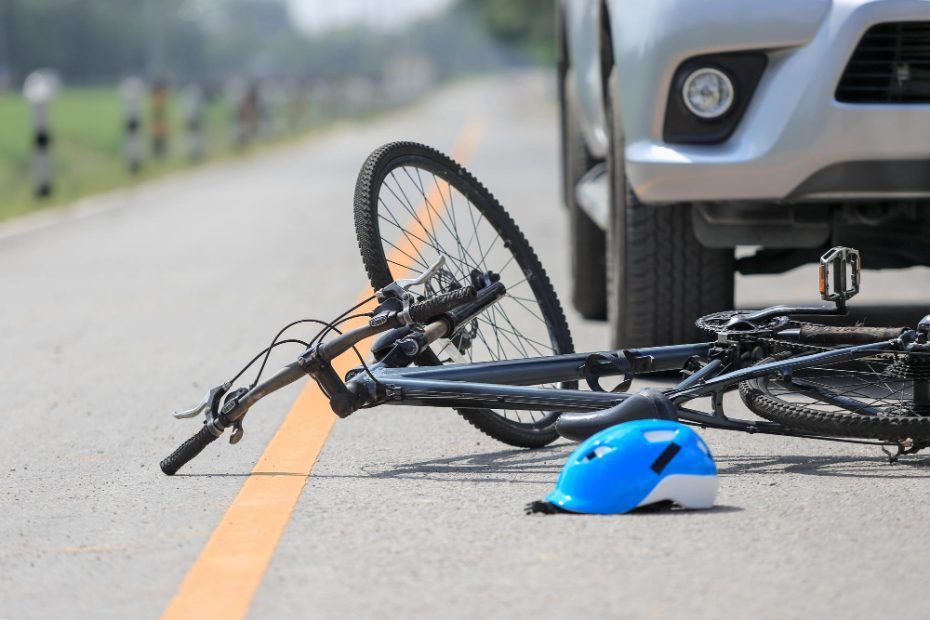How many cyclists are killed on British roads?
Every year, thousands of cyclists take to the roads across the United Kingdom. Cycling is not only an enjoyable and eco-friendly mode of transportation, but it also offers numerous health benefits. However, it is important to acknowledge the risks that cyclists face on the roads, as safety should always be a top priority. One pressing question that arises in this context is: how many cyclists are killed on British roads each year?
The sad reality
The statistics surrounding cyclist fatalities on British roads are indeed sobering. According to the latest available data from the Department for Transport (DfT), in 2019 alone, 100 cyclists were fatally injured in road accidents throughout the UK. Sadly, this number represents more than just mere statistics; each fatality signifies a life lost and a profound impact on families and communities.
It is crucial to recognize that these figures only account for fatalities and do not include the considerable number of non-fatal incidents and injuries sustained by cyclists on our roads. These incidents, while not resulting in death, can have long-lasting physical and emotional consequences for those involved.
An uphill battle for safety
The safety of cyclists on British roads has been a growing concern in recent years. As the number of cyclists continues to rise, it becomes increasingly important to address the challenges that they face and implement measures to ensure their safety. Factors such as inadequate cycling infrastructure, lack of awareness among motorists, and a general disregard for road rules contribute to the risk cyclists encounter daily.
“Creating safer conditions for cyclists is not only essential to prevent fatalities and injuries but also to encourage more people to take up cycling as a means of transport.”
Efforts for improvement
The UK government and various organizations are actively working to improve cyclist safety and reduce the number of fatalities on the roads. Initiatives such as increased investment in cycling infrastructure, awareness campaigns, and stricter penalties for dangerous driving are being implemented to address these concerns.
Furthermore, the presence of cycling advocacy groups and organizations plays a crucial role in advocating for the rights and safety of cyclists. These groups work tirelessly to raise awareness, lobby for policy changes, and promote initiatives that protect cyclists’ interests.
The importance of shared responsibility
While efforts from authorities and organizations are essential, ensuring the safety of cyclists requires collective responsibility.
Motorists must be aware of and respect the rights of cyclists sharing the road, maintaining a safe distance when overtaking and being mindful of blind spots. Cyclists, too, bear a responsibility to adhere to traffic rules, use appropriate safety equipment, and ride defensively.
Education and awareness also play a vital role in bridging the divide between motorists and cyclists, fostering an environment of mutual respect and understanding on the roads.
In conclusion
The number of cyclists killed on British roads each year is a stark reminder of the ongoing challenges faced by both cyclists and policymakers. By prioritizing cyclist safety, investing in infrastructure, and promoting a culture of shared responsibility, we can work towards reducing the number of cyclist fatalities and creating a safer environment for all road users.
How common are cycling accidents?
When it comes to cycling on British roads, it is essential to understand the prevalence of cycling accidents. Unfortunately, cycling accidents do occur, and it is important for both cyclists and motorists to be aware of the potential risks.
Cycling Accident Statistics
The statistics surrounding cycling accidents in the UK are concerning. According to the Department for Transport’s latest report, there were a total of 17,550 reported cycling accidents in 2019. This included both minor and severe incidents.
These accidents resulted in 100 cyclist fatalities and 4,106 serious injuries. Although the number of cycling accidents has slightly decreased compared to previous years, it is still important to acknowledge that more can be done to ensure the safety of cyclists.
Causes of Cycling Accidents
Understanding the causes of cycling accidents is crucial in order to prevent them. The most common contributory factors to cycling accidents include:
- Poor observation from drivers
- Failure to look properly at junctions
- Driver/rider error or reaction
- Poor road surface conditions
- Speeding
It is important for both cyclists and motorists to be vigilant and cautious on the roads to minimize the chances of accidents occurring.
Preventing Cycling Accidents
There are several measures that can be taken to prevent cycling accidents:
- Wearing high-visibility clothing
- Using lights and reflectors
- Following the rules of the road
- Keeping a safe distance from vehicles
- Using designated cycling lanes where available
What is the most common injury in cycling?
Cycling is a popular recreational activity and mode of transport in the UK. However, it is not without its risks. Cycling accidents can lead to various types of injuries, with some being more common than others.
Head Injuries
One of the most common injuries in cycling is head injuries. Cycling without a helmet or not wearing it properly increases the risk of head injuries in case of a fall or collision. Head injuries can range from mild concussions to severe traumatic brain injuries, which can have long-lasting effects on an individual’s health.
Fractures and Broken Bones
Fractures and broken bones are also prevalent injuries among cyclists. The impact of a fall or collision can result in fractures or breaks in various parts of the body, such as the wrist, collarbone, or leg. These injuries often require medical attention, immobilization, and sometimes surgery.
Road Rash and Abrasions
Road rash and abrasions occur when the skin comes into contact with the road surface during a cycling accident. These injuries can range from minor scrapes and bruises to deep cuts that may require stitches. Road rash can be painful and may leave scars, depending on the severity of the injury.
Overuse Injuries
Overuse injuries are another common type of injury among cyclists. These injuries develop over time due to repetitive stress on certain body parts, such as the knees, hips, or wrists. Conditions like tendinitis, bursitis, or carpal tunnel syndrome can result from prolonged and incorrect cycling techniques.
Prevention and Safety Measures
To reduce the risk of these injuries, it is crucial for cyclists to take necessary safety precautions. Wearing a properly fitting helmet is essential to protect the head from potential injuries. Additionally, using protective gear like knee pads, elbow pads, and gloves can help prevent fractures, road rash, and abrasions.
“Safety should always be a priority for cyclists. Proper equipment, knowledge of road rules, and defensive cycling techniques can significantly reduce the risk of injuries.”
Furthermore, maintaining and regularly checking the bicycle for any defects or issues can prevent accidents caused by mechanical failures. Cyclists should also be aware of their surroundings, follow traffic rules, and use appropriate hand signals to indicate their intentions on the road.
Here is a quick summary of common cycling injuries:
- Head injuries
- Fractures and broken bones
- Road rash and abrasions
- Overuse injuries
In conclusion, cycling injuries can vary in severity but are relatively common. Taking appropriate safety measures, wearing protective gear, and following road rules can help minimize the risk and ensure a safer cycling experience for all.
Conclusion
“Cycling accidents are unfortunately common, but with increased awareness and proactive measures, they can be reduced significantly.”
It is important for everyone on the road to prioritize safety and take steps to prevent cycling accidents. Both cyclists and motorists must share the responsibility of creating a safer environment for all road users.
| Accident Type | Total |
|---|---|
| Cyclist Fatalities | 100 |
| Serious Injuries | 4,106 |
| Total Reported Accidents | 17,550 |



